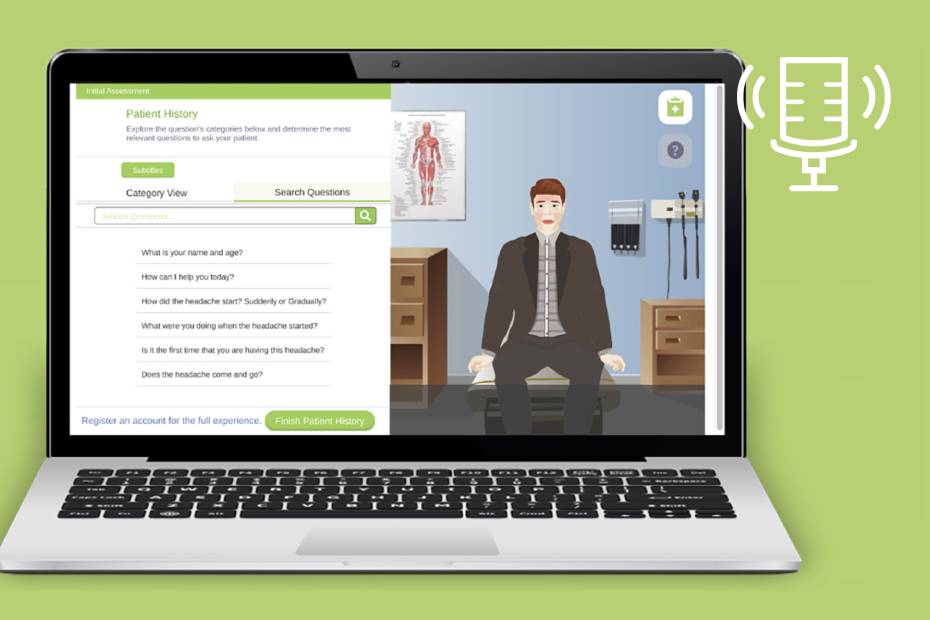This is an edited version of a story previously published on Dr. Bill.
As we approach a ‘new normal’, here are the four changes that most doctors believe are here to stay:
(1) Increased demand for medical school
Educators don’t know whether it was the extended time students had to prepare, the state of the economy, or the increased visibility of physicians on the news and in popular culture, but the number of applications for medical school has risen nearly 18% in the years since 2019. While it might seem surprising given high levels of physician burnout, many medical students are feeling up to the task.
Admissions leaders at medical schools suggest most new medical school applicants have been inspired to go from ‘someday’ to ‘now’ as shutdowns related to the pandemic accelerated their career plans and eliminated some of the fees and travel costs associated with applying. These aren’t necessarily students who have changed their career plans due to the pandemic, just ones who now believe medical school should happen sooner rather than later — which is great for Canadian patients!
(2) A restructure of work/life balance
When the pandemic hit, long hours got longer. Wait times increased, and what were already difficult situations in emergency rooms became life or death decisions involving the ICU. For many physicians, the cost to their health and personal lives was simply too much.
Practicing emergency medicine and critical care means there’s a really high burnout rate for a lot of doctors,” says Dr. Daffer Ghanim, who works in the emergency room in Dawson Creek, BC. “Putting someone on life support really affects you as a person.
According to Dr. Ghanim, the stress has caused plenty of his colleagues to cut back their hours: many of them now work only 10-14 days per month, which he chalks up to a mentality shift among a new generation of physicians who are determined to make balance a priority.
“[A lot of] physicians want a lifestyle balance now,” he says. “For some, the long hours just aren’t worth it.
Taking on locum roles, cutting back on office staff, and integrating technology into their practice are a few ways physicians are managing to see patients in less time — and according to Dr. Ghanim, these changes are here to stay.
(3) Embracing Telehealth and other alternatives to patient care
“I think we won’t get rid of telehealth codes, ever,” says Dr. Alex Chesley, a family physician working out of BC. Like Dr. Ghanim, she’s noticed a high level of burnout among her peers, and believes the pandemic has been hard on the entire globe.
“Our generation is more concerned about having a work/life balance,” she says. While telehealth doesn’t work in every situation, many physicians are finding it easier to take virtual or phone appointments in addition to (or instead of) in-person visits, giving them more flexible hours to spend at home or accommodate family activities.
(4) Going digital for administrative processes
Healthcare has consistently lagged behind other professions in the speed of technology adoption in the past — but the pandemic has proven that going digital can save both money and time.
“A digital approach is indispensable in mitigating billing challenges in the long run,” says Dr. Aaron Lau, an anesthesiologist working out of Ontario. Utilizing the right digital tools (like the Dr.Bill app) has sped up administrative processes, and helped him eliminate duplicate work. “When you’re able to bill seamlessly on the go from your practice or your home, you can keep on top of your claims and spend less time on administrative tasks after you leave the office.”
Using technology, setting their own hours, and creating more flexible ways to manage their time means physicians have found ways to take back hours in their day, and balance the needs of their patients with their own.
Related Stories:
- Specialty Scoop: CyberPatient [Podcast]
- Transforming Medical Education: 10 Goals in the Wake of the Pandemic
This article is intended as general information only and is not to be relied upon as constituting legal, financial or other professional advice. A professional advisor should be consulted regarding your specific situation. Information presented is believed to be factual and up-to-date but we do not guarantee its accuracy and it should not be regarded as a complete analysis of the subjects discussed. All expressions of opinion reflect the judgment of the authors as of the date of publication and are subject to change. No endorsement of any third parties or their advice, opinions, information, products or services is expressly given or implied by Royal Bank of Canada or any of its affiliates.



















